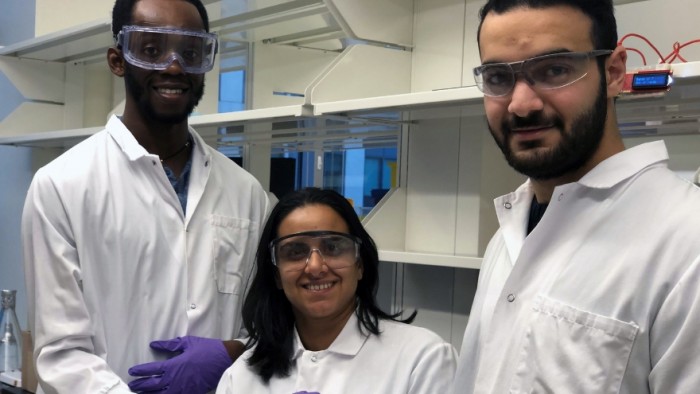As the theme of this year’s World TB Day indicates, “It’s time to end TB,” the need for interventions and innovations is more urgent than ever.
It’s one of the world’s deadliest infectious diseases and according to the World Health Organisation, claims close to 4500 lives daily. The numbers are shocking, moreso because people don’t have to die. The disease is curable if the right medication is administered properly.
The fight against TB has moved strides over the years, such that the mortality rate has been reduced by 42% since the year 2000.
The traditional treatment of the disease involves a six-month course of antibiotics taken daily, but failure to follow this strict regimen can result in a drug-resistant version of the disease, making it harder to eliminate, and increase the risk infection.
This regimen is also particularly challenging to stick to for those in rural areas situated some distance from a treatment provider, nevermind the costs involved.
These factors are what inspired a group of MIT researchers to solve for a more reliable method of treatment, which could potentially be applied to treat a range of other illnesses that require daily dosages.
Led by MIT graduate student Malvika Verma, the team conceived a device that would release a month’s supply of antibiotics within the body. Made of nickel and titanium, the thin wire is inserted via the nose through a tube to be lodged in the stomach. A coil shape is activated by the increased temperature once it lodges there.
The wire is able to hold up to 600 pills along its course, and in this case they’re packaged as polymers whose composition can be adjusted in order to control their release into the system.
“We had to develop a completely new system that could enable an automated release of these medications over the course of about a month,” Verma tells MIT News. “This new system can hold a lot more drug and it can release the drug for a longer period of time.”
The research team includes an economist, David Collins of Boston University, to ensure that the innovation has significant impact on cost reduction. The team also worked closely with patients in India, and should the treatment be implemented there, they’d be able to reduce costs by up to $8000 dollars per patient.
In a country where patients are required to do daily trips to the treatment provider to ensure the medication is properly administered, this device has the potential to significantly reduce the burden on healthcare workers and patients alike.
Just last year South Africa made headlines in its world-first implementation of multi-drug resistant TB treatment. The new treatment replaced an injectable drug and harmful side effects with oral treatment.
It’s a research field that is constantly in motion and these new developments demonstrate that through experimentation and innovation, it’s a disease we can likely overcome in the not too distant future.
Read more on healthcare innovation:
How the Vula app is revolutionsing the healthcare system in South Africa
Caroline Smeenk makes it easier for rural women to to independently monitor their health







